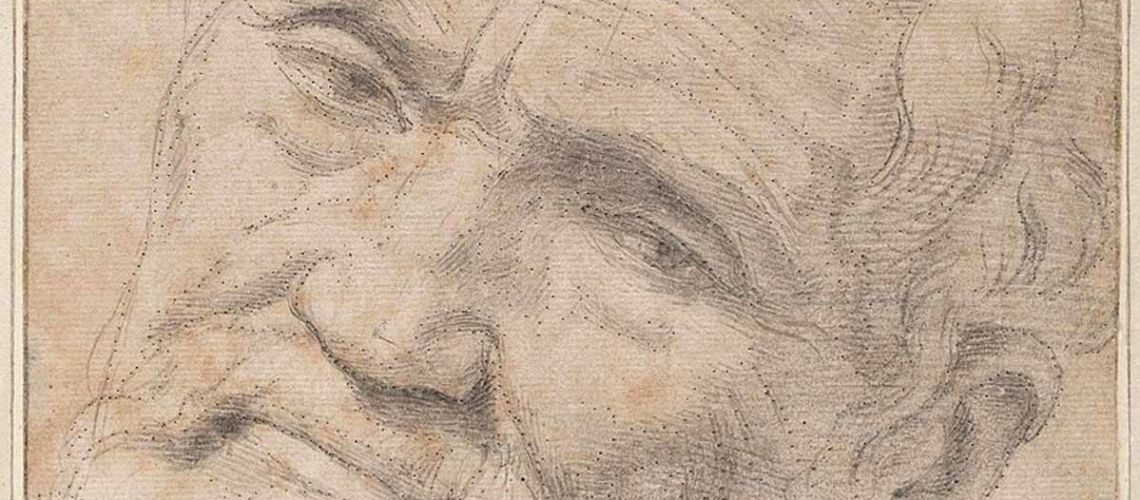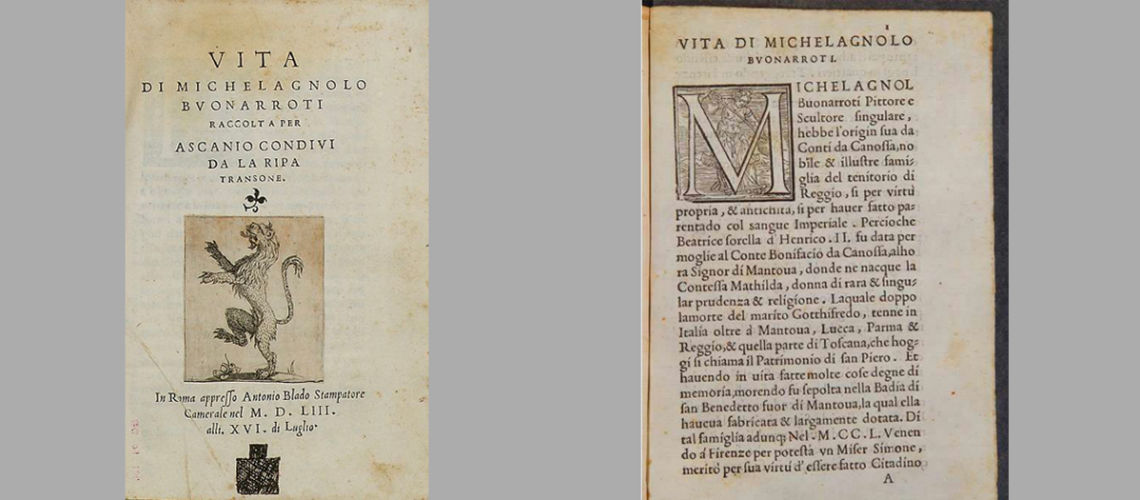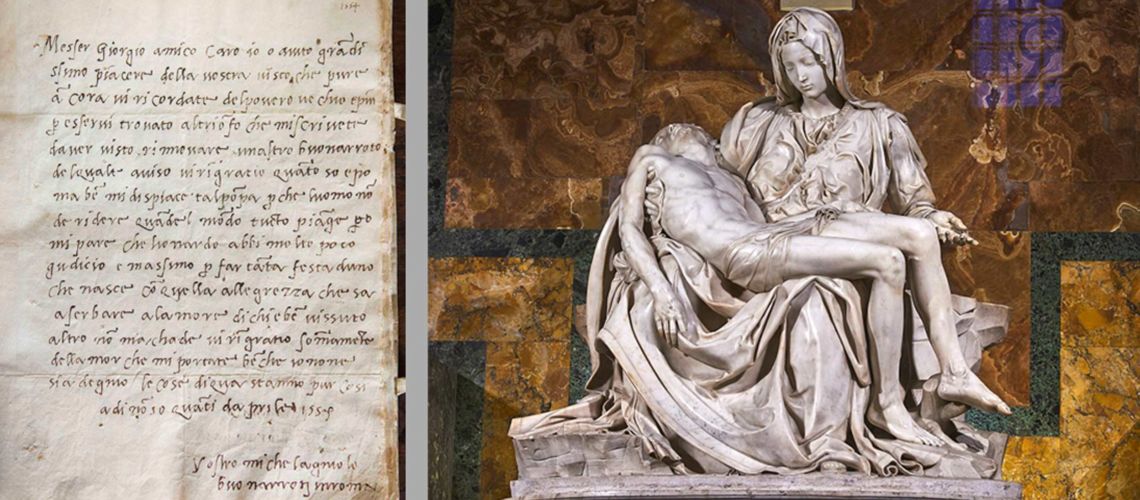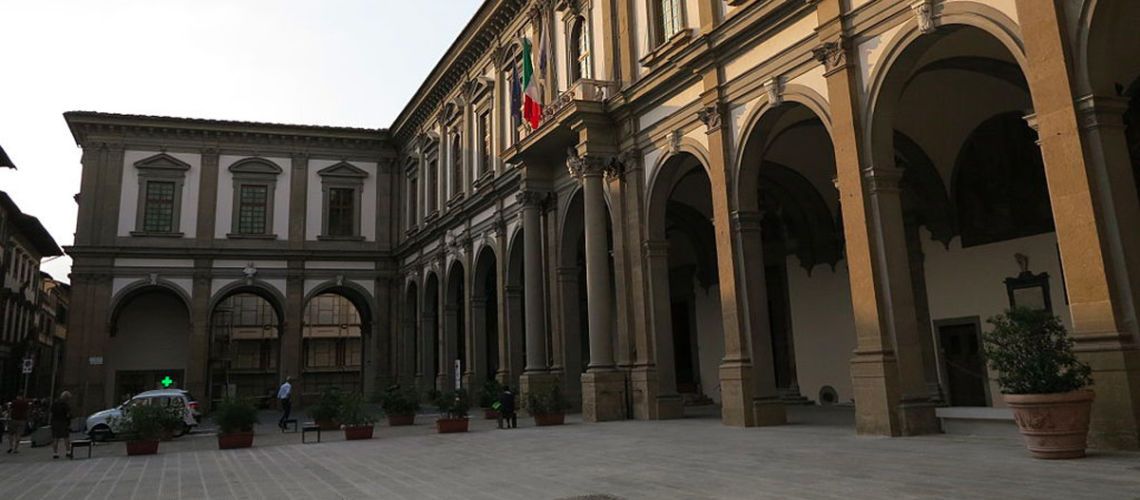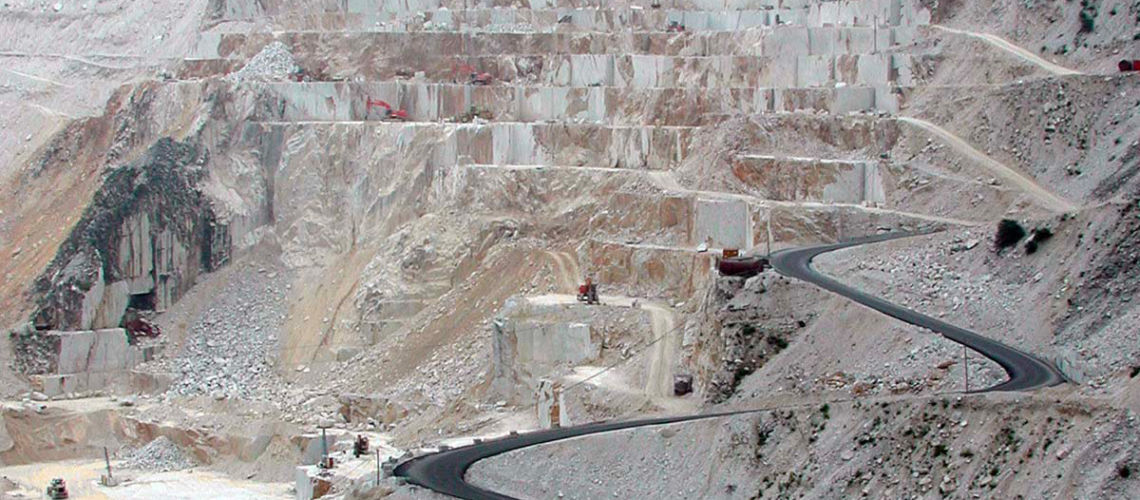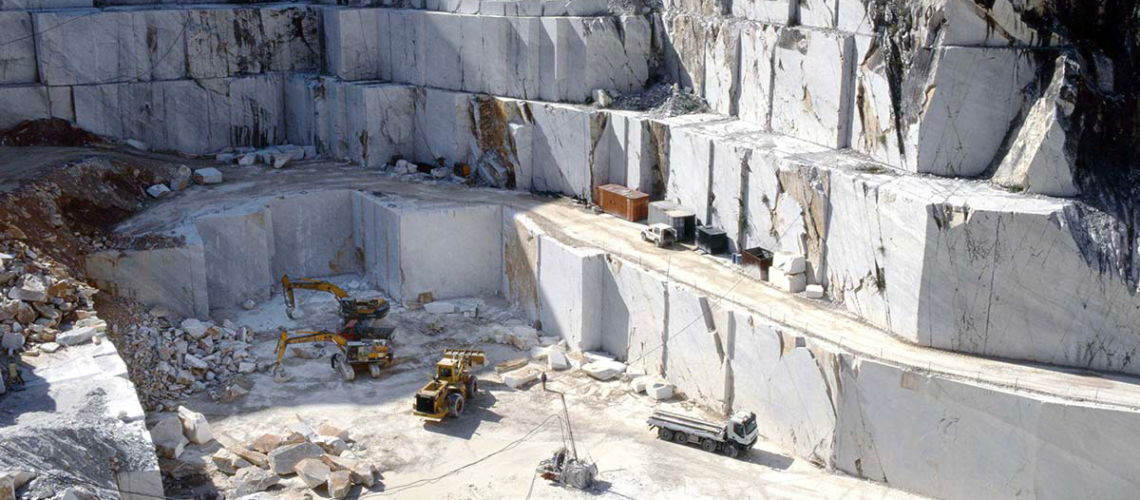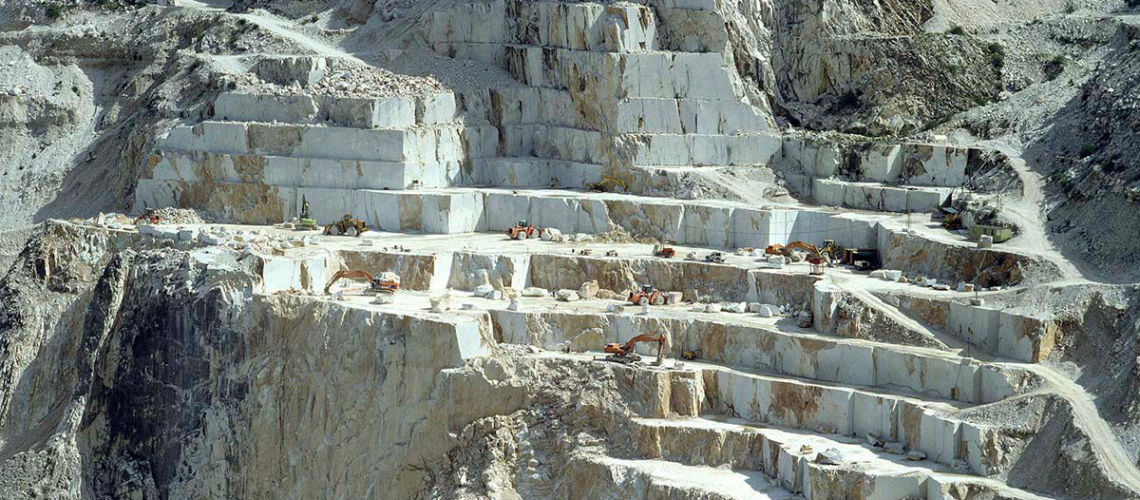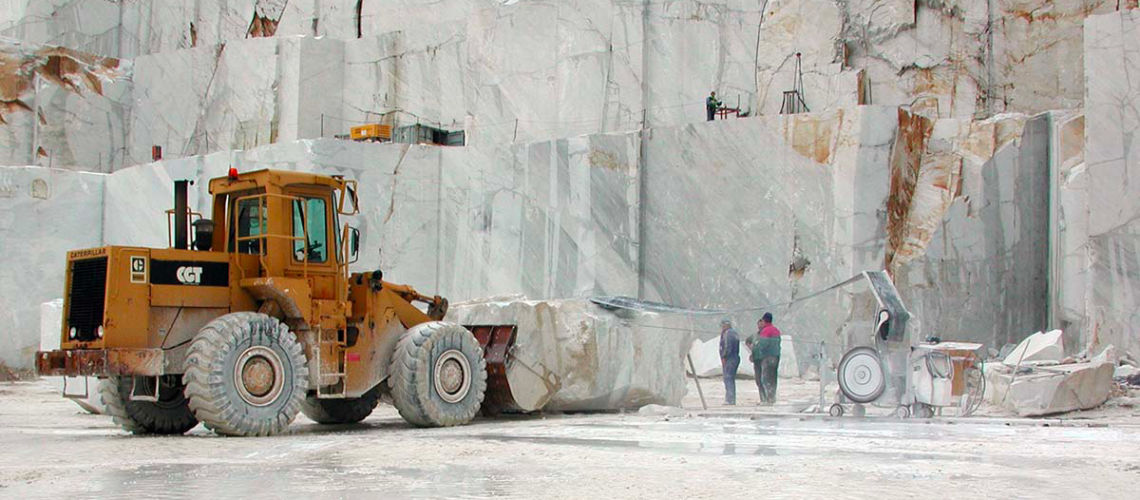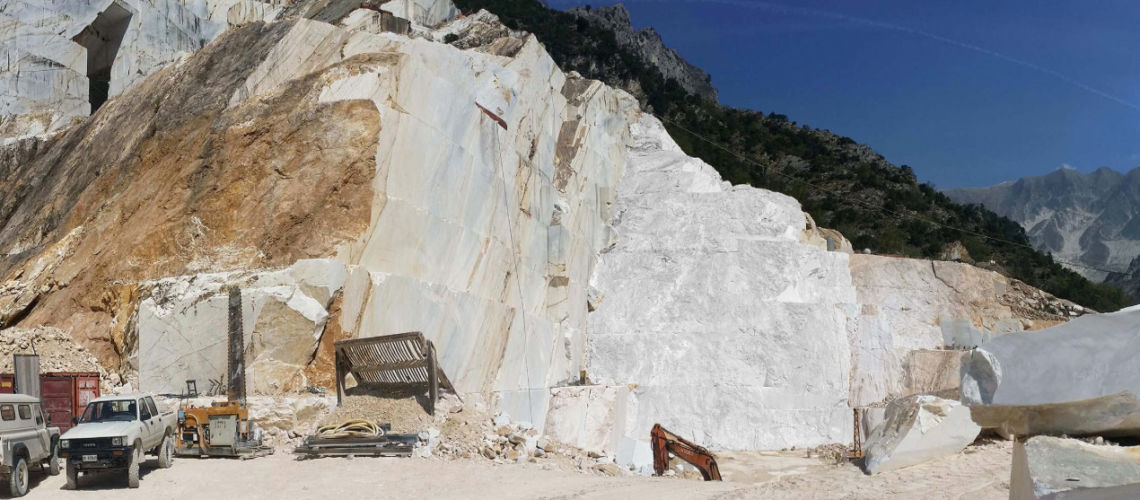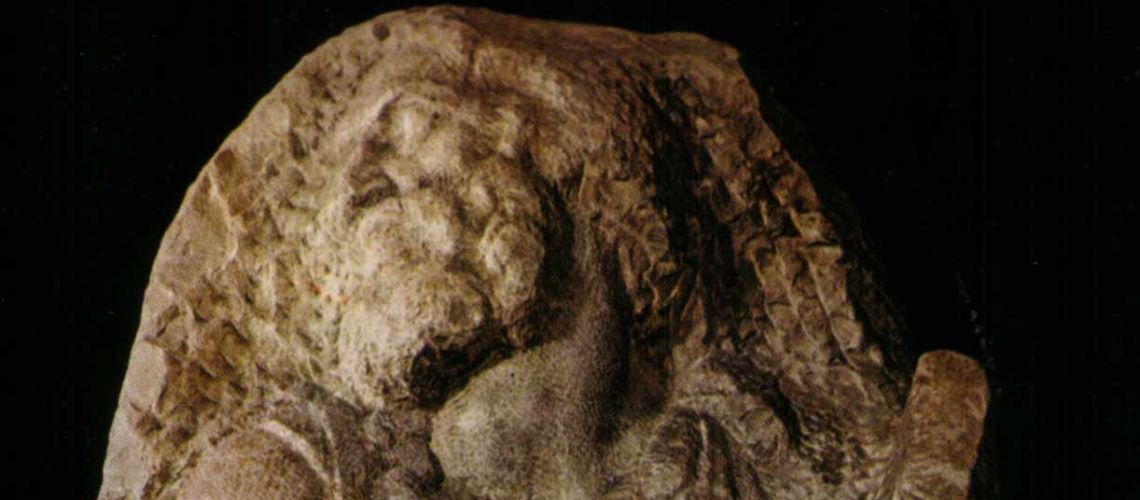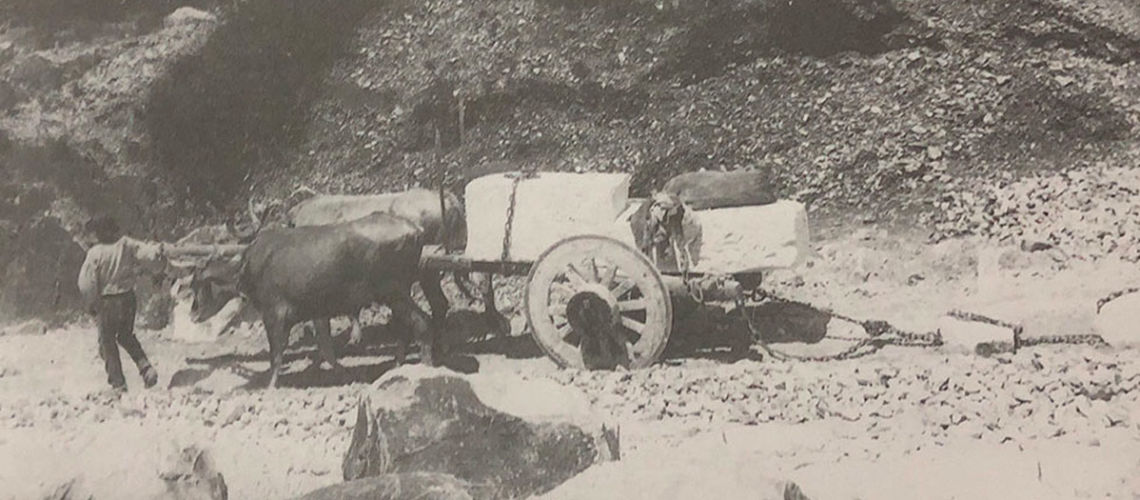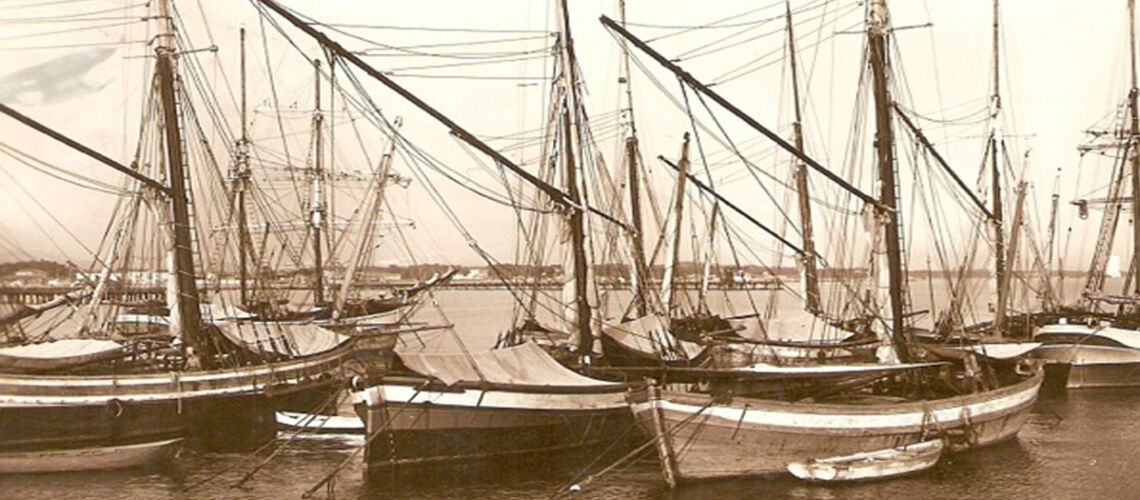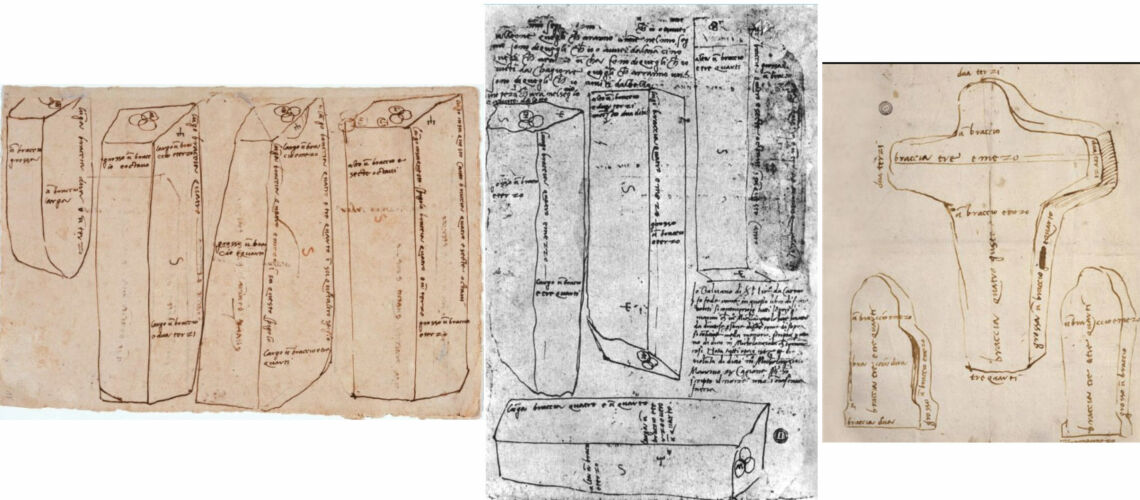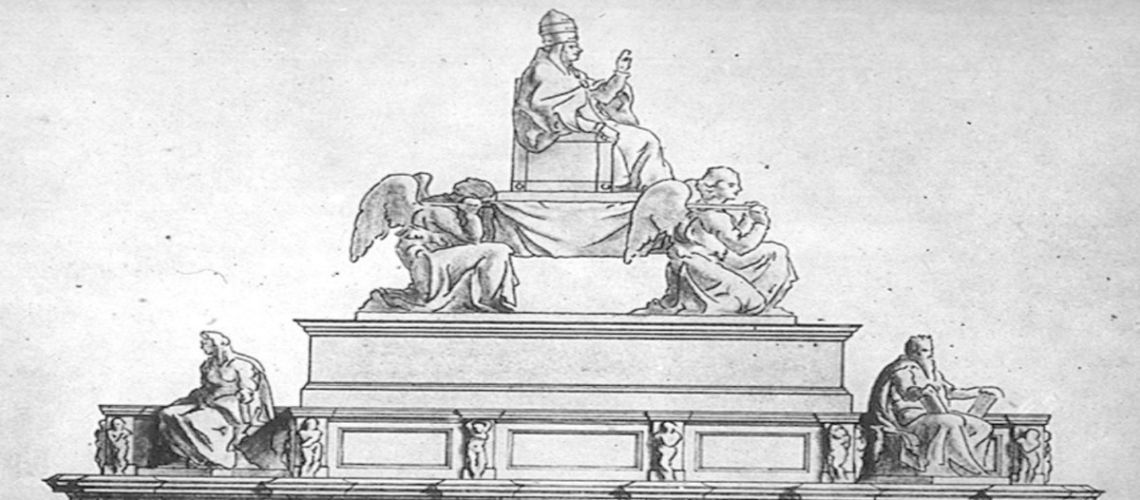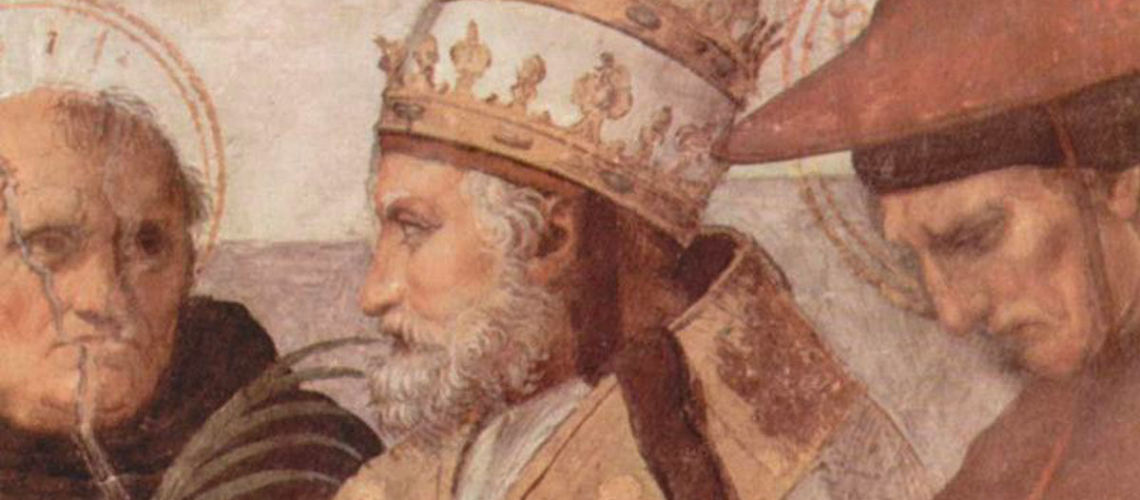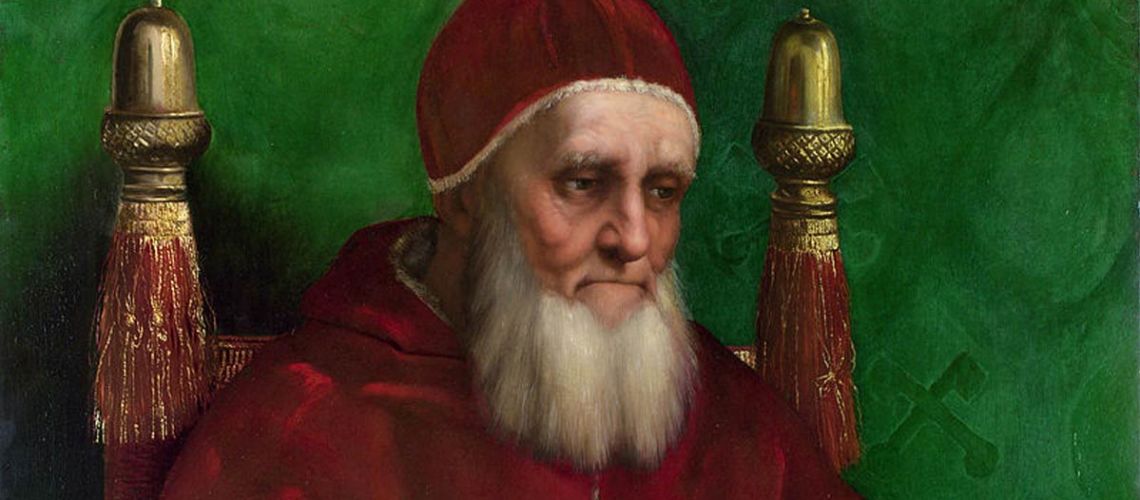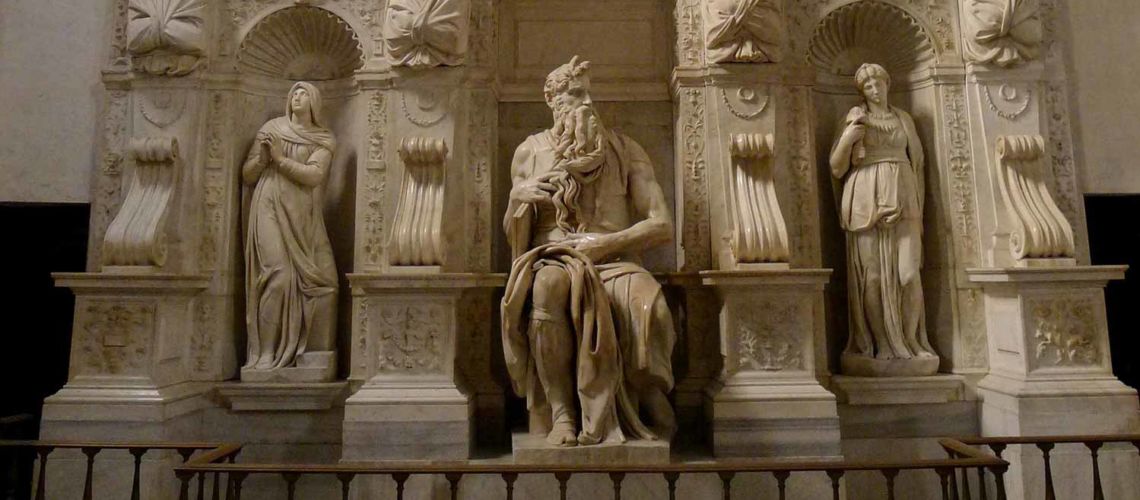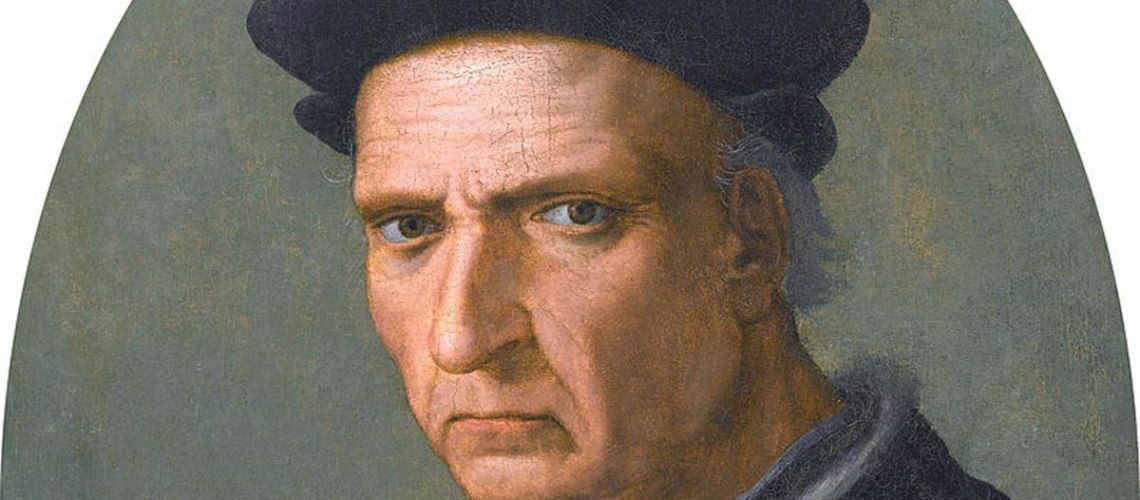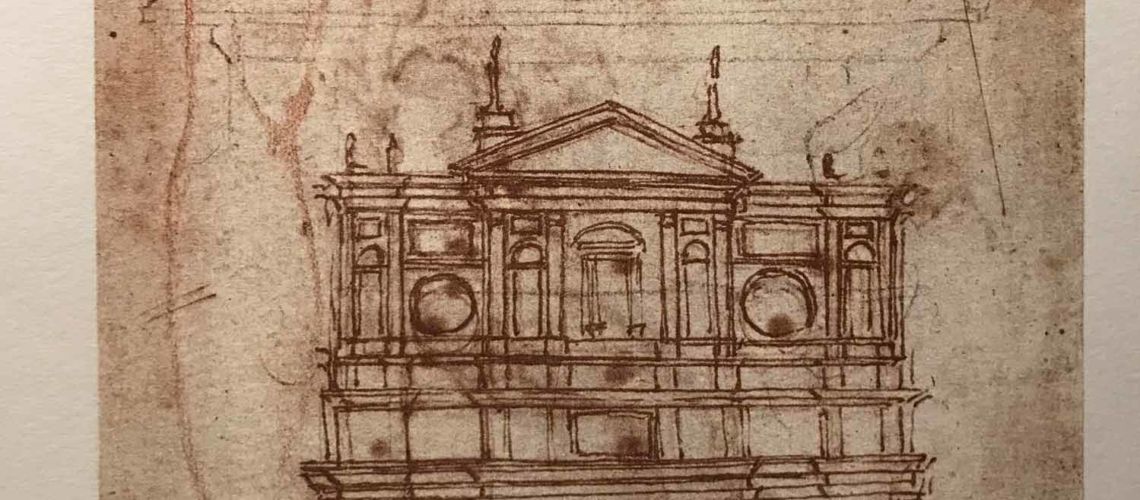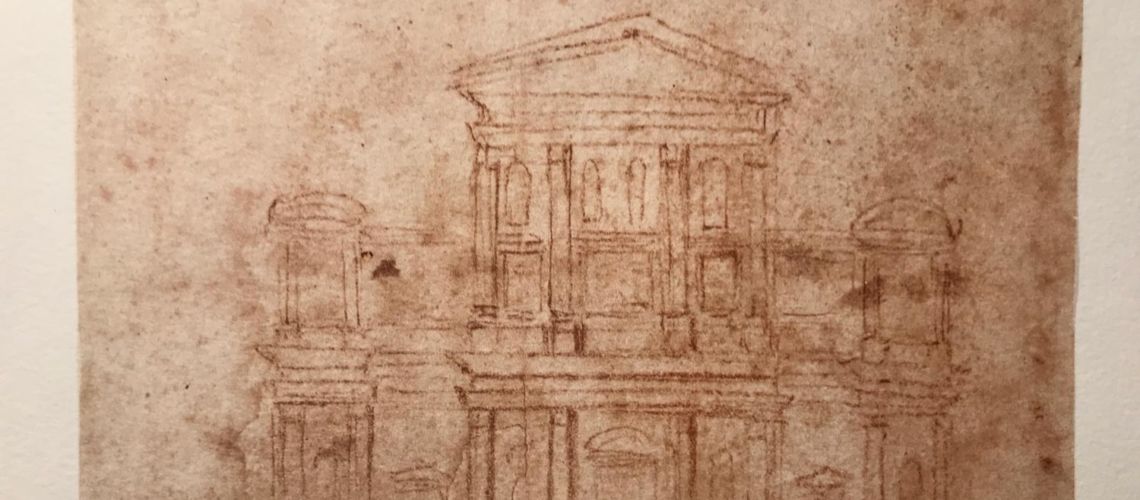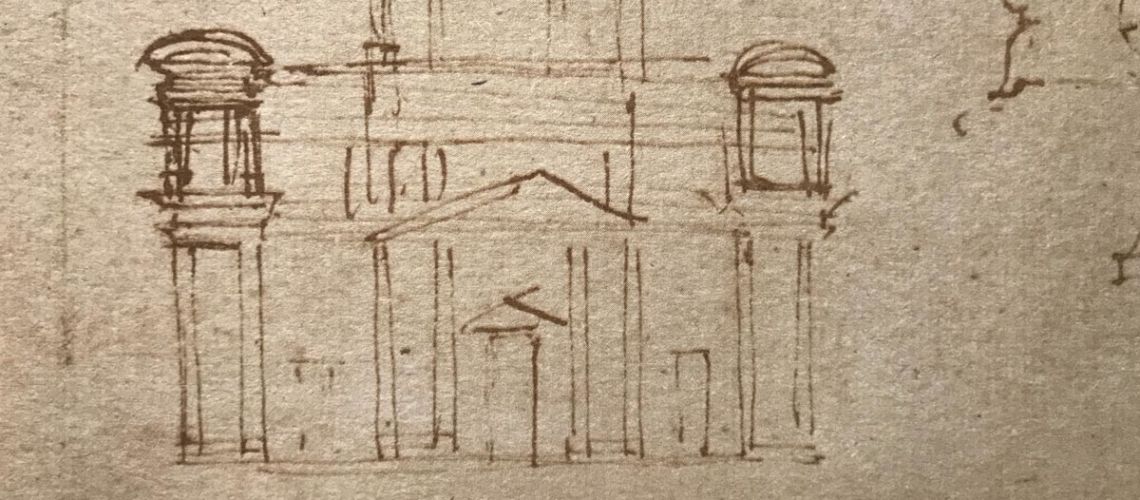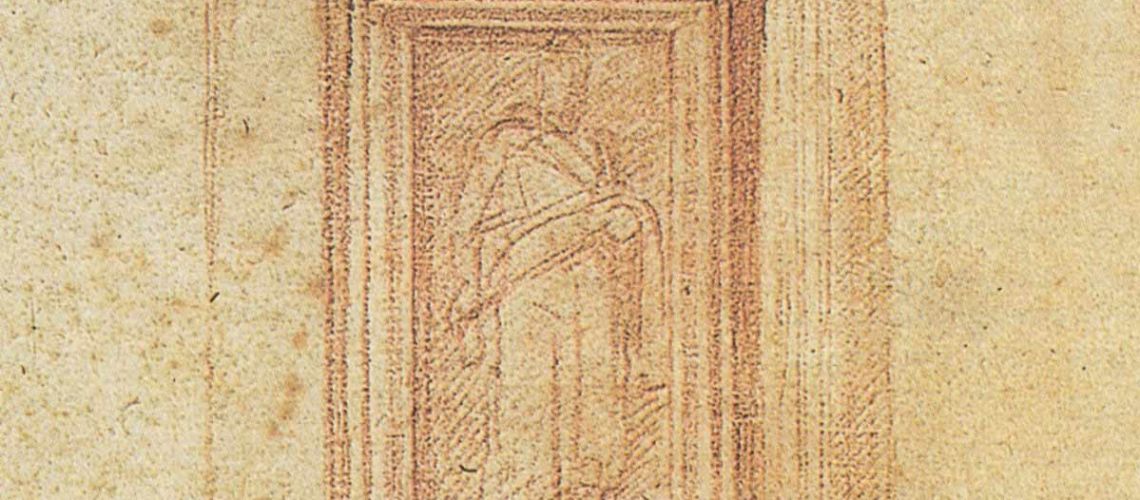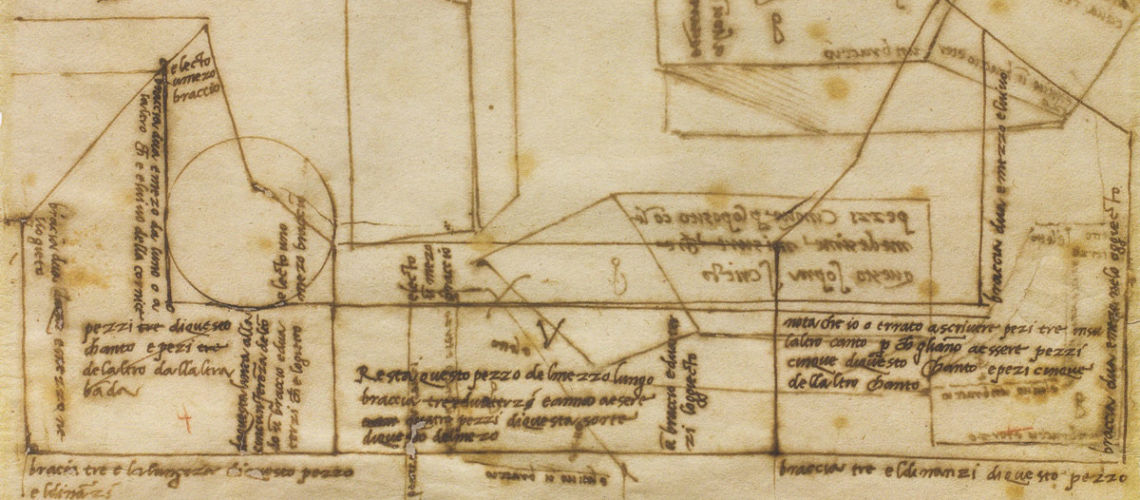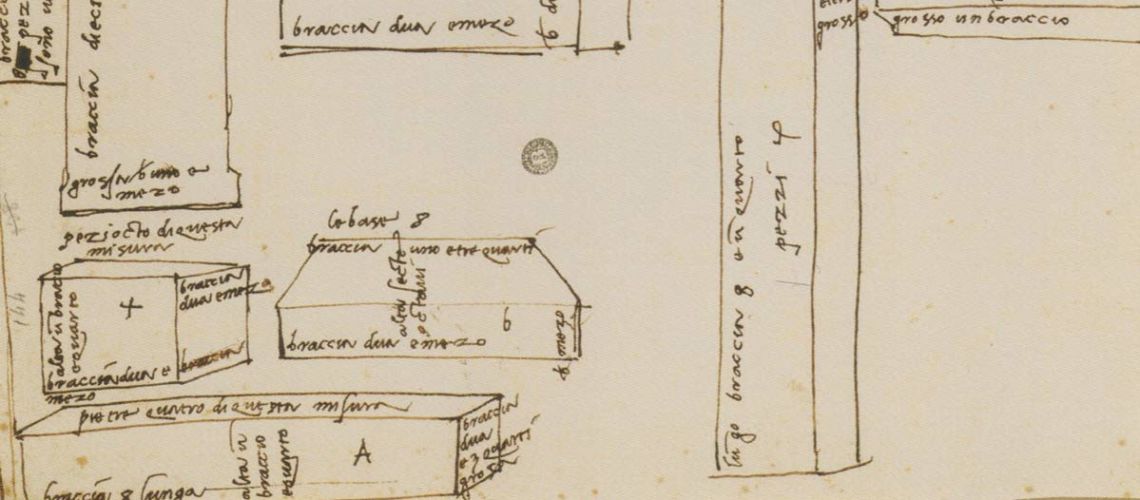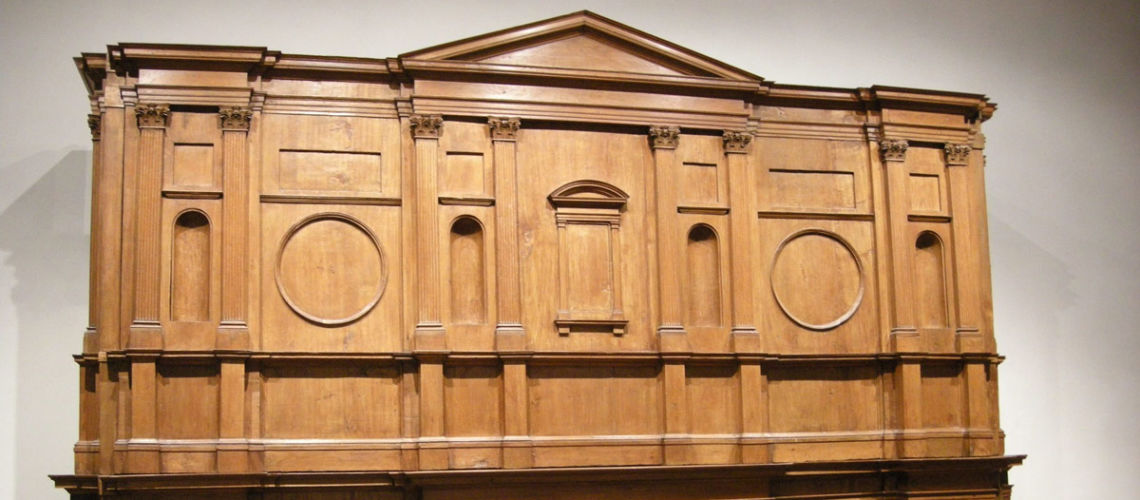Michelangelo and the marble quarries
Part I
Michelangelo reached the marble quarries in Carrara twice, in 1497 and 1503, but Condivi, who wrote the biography published in 1553, does not mention it.
In November 1497 he went there to find marble for the Pietà, a monument contracted by the cardinal of San Dionigi (Jean de Bilheres de Lagraulas), who wrote to the Elders of Lucca to help him on his arrival at the quarries.
Even before signing the contract with the client, Michelangelo withdrawed a sum from his account at the Archispedale of Santa Maria Nuova in Florence
and on a grey horse he left for Carrara, where he rented a house owned by the quarryman Francesco Pelliccia who worked in the Polvaccio quarry, where Michelangelo bought the blocks, and which today is called Michelangelo’s Quarry.
But he stayed there only the time he needed to find and choose the marbles at the quarry by the stonemason Matteo Cuccarello and returned to Rome; in early February they were ready, Michelangelo payed the rental of a cart pulled by a horse for their transport to the port, but did not return to Carrara: an acquaintance of the client, the cardinal of San Dionigi, was interested in the operation.
At the beginning of March the marbles had not yet arrived, Michelangelo was waiting for them.The cardinal wrote to the Marquis of Massa Malaspina and to the Lordship of Florence to untangle the situation, finally, at the beginning of the summer, the blocks arrived in Rome. In August the contract was signed between the two in which Michelangelo undertaked for 450 golden ducats to sculpt the Pietà as the cardinal’s funeral monument, taking on all the costs.
In August 1498 the sculpture was not yet finished, the cardinal died and did not have time to see it.
Michelangelo returned to the quarry in 1503, when the Opera del Duomo in Florence commissioned him to perform the twelve apostles for the Cathedral, forcing him by contract to go to Carrara to choose the marbles. He found almost all of them, as he himself will write in December 1523 to Giovan Francesco Fattucci:… chondocti la maggior parte d’i marmi…, which arrived in Florence between 1504 and 1505. It began with the “sbozzo” of the San Matteo that did not finish (Accademia Gallery, Florence) but stopped because Pope Julius II della Rovere wanted it in Rome, and in December 1505 the contract for the apostles was dissolved.
Condivi, in Michelangelo’s biography, tells us that in the spring of the same year he returned to Carrara. This time the commitment was important: looking for the marble for the huge tomb that the Pope wanted to erect in St. Peter’s was not a joke. He had to find many perfect blocks, worth more than a thousand ducats. And this time in Carrara it remained eight months. The first contract we have left of this long period in the quarries is dated November 1505 and is related to the transport by sea of 34 cartloads of marble: the cartload is the quantity of marble that a cart with two oxen can tow on the plain, about 850 kg.
It was stipulated with two Ligurian of Lavagna boat owners, who in about ten days transported the cargo to Avenza with the boats at the cost of 62 golden ducats, where Michelangelo would have unloaded and transported by sea to Rome at his own expense; they were unloaded at the Ripa del Tevere with boats (today Ripa Grande).
The second contract reached to us, dated 10 December 1505, concerns the purchase of another 60 cartloads of marble by the stonemasons Matteo Cuccarello and Guido di Antonio di Biagio who should have brought to the port of Carrara for embarkation between May and the following September.
In the contract Michelangelo specified that the marbles had to be white, without defects, that is without internal cracks, without veins, they had to be “alive” and not “cooked”, they had to be extracted from the Polvaccio quarry, or from any other place where they were found, provided that they were clean white and some of the blocks were not yet established, and Matteo Cuccarello had to go to Florence where Michelangelo gave them precise drawing also the shape of each block, as was his habit.
The quantity of marbles ordered is such that the various quarrymen in 1506 created a Company, today we would say a Joint Venture to satisfy the sculptor and the Pope. When all the marbles arrived they fill half of St. Peter’s square, with great admiration of the people and satisfaction of the Pope. The gigantic pyramid-shaped tomb 10 meters long and 7 meters wide would have cost 10,000 ducats and would have engaged Michelangelo for 5 years.
If Michelangelo had a temper, Julius II was no less:
he was convinced by Bramante, envious, that having the tomb while he was still alive would have brought bad luck, and blocked the payments requested by Michelangelo to pay the cost of transporting the marble; the sculptor went several times and for several days to the Pope who did not receive him. On April 18 the angry Michelangelo fleed on horseback towards Florence, Julius II asked to 5 papal couriers to chase him; they reached him in Poggibonsi and tried to get him back to Rome. But the sculptor disagreed, and payed the cost of transport with a loan from Jacopo Gallo’s bank.
The marbles remained in St. Peter’s square until the death of Julius II and the election of the subsequent Florentine Pope Leo X in 1513.
The heirs of Julius II asked Michelangelo to resume the work of carving the tomb, but with a less ambitious project. But this project had not peace, it was increasingly reduced in 1516, then in 1526 and again in 1532, when the mausoleum had not longer to be placed in San Pietro Basilica but in the Church of San Pietro in Vincoli. A subsequent project still shrinked it, and only in 1545 Michelangelo finished it in the shape and size it still has today.
In 1513, when the work for the Papal mausoleum restarted, Michelangelo’s relations with the quarrymen of Carrara were exacerbated, both for the delay in deliveries of the new blocks that should replace those stolen in St. Peter’s square, and, perhaps, for the unsatisfactory quality of the latest marbles. Or perhaps also for the delays in paying the quarrymen for the marble delivered in 1508. And he no longer wanted to deal personally with the Carrarese quarrymen: on July 7, 1515 Michelangelo wrote to his brother Buonarroto to ask the stonemason of Pietrasanta Michele da Settignano if he could buy marble from there, but he said he could not go in person or send someone: A Carrara non voglio andare io, perché non posso, e non posso mandar nessuno che sia el bisognio, perché se e’ non sono pazi e’ son traditori e tristi…
He also asked his brother to put him in contact with other people who could mediate between him and the Carraresi. Michelangelo returned to Carrara in 1516, when the project for the tomb of Julius II started again. He obtained a letter of recommendation for Lorenzo Malaspina marquis of Fosdinovo, sent to the marquis by his sister Argentina Malaspina, wife of Pier Soderini, perhaps solicited by Michelangelo himself; Soderini was a friend and admirer of Michelangelo.
The letter had a good effect, and he was well received by the quarrymen represented by the Caldana (Jacopo d’Antonino di Maffiolo) who sent him a letter in Florence in which he wrote that he was willing to serve him heartily.
In November 1516 he ordered marbles to Francesco Pelliccia, in whose house he continued to live as a tenant, but in April 1517 the order was canceled by mutual agreement. However, he continued to order marbles at the Polvaccio quarry from the quarrymen Mancino, Iacopo di Piero di Torano, and Antonio di Iacopo di Pulica; but they did not comply with the agreed agreements, and Michelangelo sued them in the curia of Carrara. Michelangelo, who did not know Latin, demanded and obtained that notaries would have written in the vernacular.
Let’s take a step back: in December 1516 while he was in Carrara, Pope Leo X wanted him in Rome to make him design the unfinished facade of the Florentine church of San Lorenzo; between 1516 and 1517 Michelangelo executed some different designs for the facade
with the Pope’s request, through Buoninsegni, to place the statues of San Lorenzo, San Giovanni, San Pietro and San Paolo in the lower niches; highered up the sitting one of San Luca, San Giovanni, San Matteo, San Marco; even higher those of San Cosma and San Damiano in honor of the Medici.
He also designed as usual, for the marbles he chose and ordered at the quarries for San Lorenzo, shape and size.
However, the Pope told him the idea that he wanted the marble to be quarried in Pietrasanta which was in the Medici domain. Michelangelo lost time because did not want to detach himself from the Carrara quarries, but the Pope did not withdraw: the marbles for San Pietro, Santa Reparata and San Lorenzo had to be quarried in Pietrasanta. With the excuse that the road to get to the quarries of Pietrasanta was not finished, Michelangelo continued to choose the marbles for the facade of San Lorenzo in Carrara, buying for 4,000 ducats. But he was not calm, he had the task of purchasing the marbles, but not that of executing the facade, and from Carrara he wrote to Domenico Boninsegni, the Pope’s secretary, expressing his concern. Boninsegni reassured him, told him that the Pope would have already wanted to see a model for the facade, which he was willing to wait for, but advised him to make a wooden one as soon as possible to send to Rome. On 20 August 1517 he left Carrara for Florence to make the model for the Pope, on which he applied the models of the sculptures made in wax. In Florence he felt seriously ill, but once recovered he performed it and sent it to Rome on a mule through his pupil Pietro Urbano.
The pope was enthusiastic, called and entrusted him for the realization of the facade; he knew well how the sculptor left everything unfinished and therefore obliged him to use helpers. On January 19, 1518 the contract was signed with white and fine marbles that were from Carrara or Pietrasanta where better [Michelangelo] would have judged in this regard.

